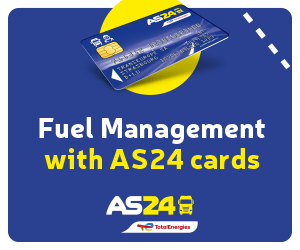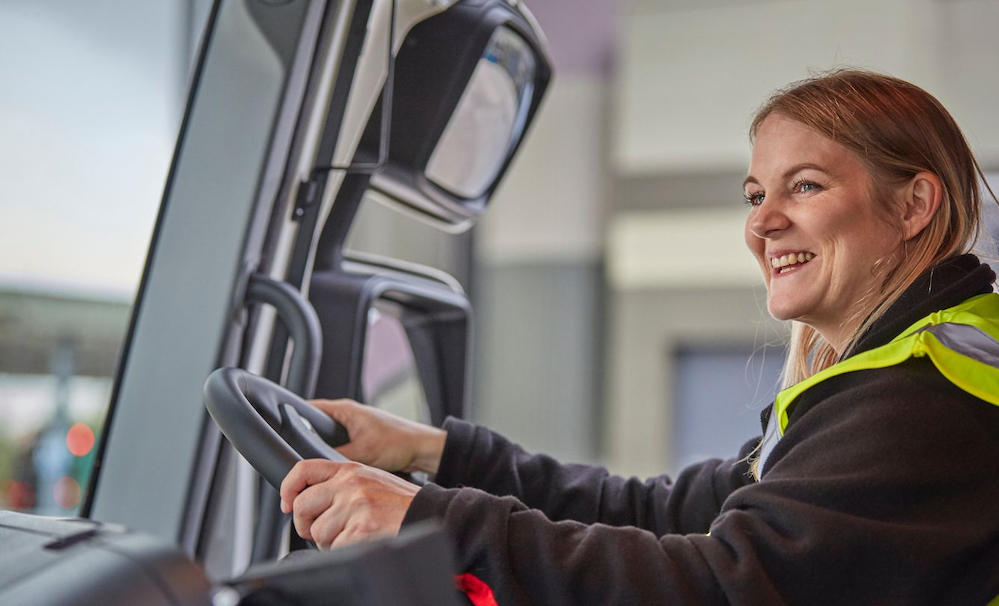As the UK enters the peak season for bridge strikes, the AA’s business services team has lent its support to campaigns by the likes of Network Rail and the Freight Transport Association (FTA) to raise awareness of the costly damage caused by these avoidable accidents.
October each year sees the highest number of bridge strikes of any month, according to figures from Network Rail. With an estimated bill of more than £23million, and an average of five strikes a day – which typically doubles in October – the AA is calling for greater education for drivers and fleet managers to avoid the delays and damage that such actions can cause.
The support comes after it was revealed a bridge in Birmingham, which carries the railway over Landor Street in Bordesley Green, was forced to close for five months in the latest of 32 strike incidents in ten years. However, it is drivers and rail passengers in Cambridgeshire and Leicestershire who have been most affected, with one bridge on the A142 in Ely suffering 32 strikes in just one year and another on the A5 in Hinckley subjected to 22 incidents in the same period.
As well as increasing access to education for drivers, the AA is calling for HGV fleet managers to ensure their vehicles are fitted with dedicated commercial satellite-navigation devices which are designed specifically for larger vehicles. Unlike the standard car sat-navs, these commercial units identify the best routes for high-sided vehicles to take as well as highlighting other useful information like low emission zones, load codes and toll routes.
Network Rail launched its ‘Wise Up, Size Up’ campaign in 2018, featuring the eye-catching slogans ‘Lorries can’t Limbo’ and ‘What the Truck’, providing online training and guidance in several languages as well as route planning information to help fleet managers and drivers avoid low bridges. Meanwhile, the Fleet Operator Recognition Scheme (FORS) rolled out its ‘Bridge Smart’ online training modules at the end of 2018, and the Freight Transport Association (FTA) offers various education cards and good practice guides around bridge strike prevention via its online shop.
Stuart Thomas, Director Fleet & SME Services at the AA, commented: “We all know how busy professional and agency drivers can be, with packed schedules, congestion and poor weather just several of many challenges they have to deal with every day. However, a few additional minutes at the start of every journey to check the size of your vehicle and make sure you know of any potential obstacles on your route can pay real dividends.”
Thomas continued: “With Network Rail research suggesting 43% of lorry drivers don’t measure their vehicle before setting off, and 52% don’t take low bridges into account when route planning, we’re getting behind the call for education and training to become much more widespread. Even using something as simple as the AA Trucker’s Atlas – which includes widths and weights as well as bridge heights – to check for low bridges can avoid hours of delays, hundreds of thousands of pounds in repair bills and potential criminal action.”
In addition to financial penalties – Network Rail can recoup up to 100% of the cost of repairs from the employer organisation – drivers who cause bridge strike incidents are also at risk of criminal prosecution. Being convicted of dangerous driving in these cases could lead to disqualification from driving and, in the most serious of cases if individuals have been injured or a fatality caused, a prison sentence may also be applied.







